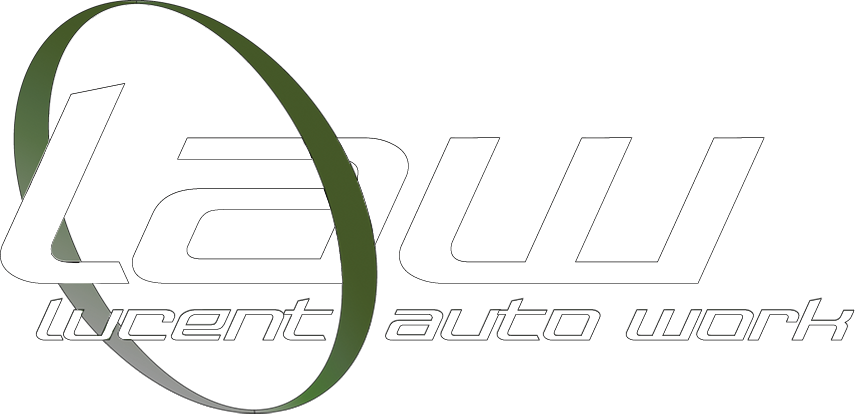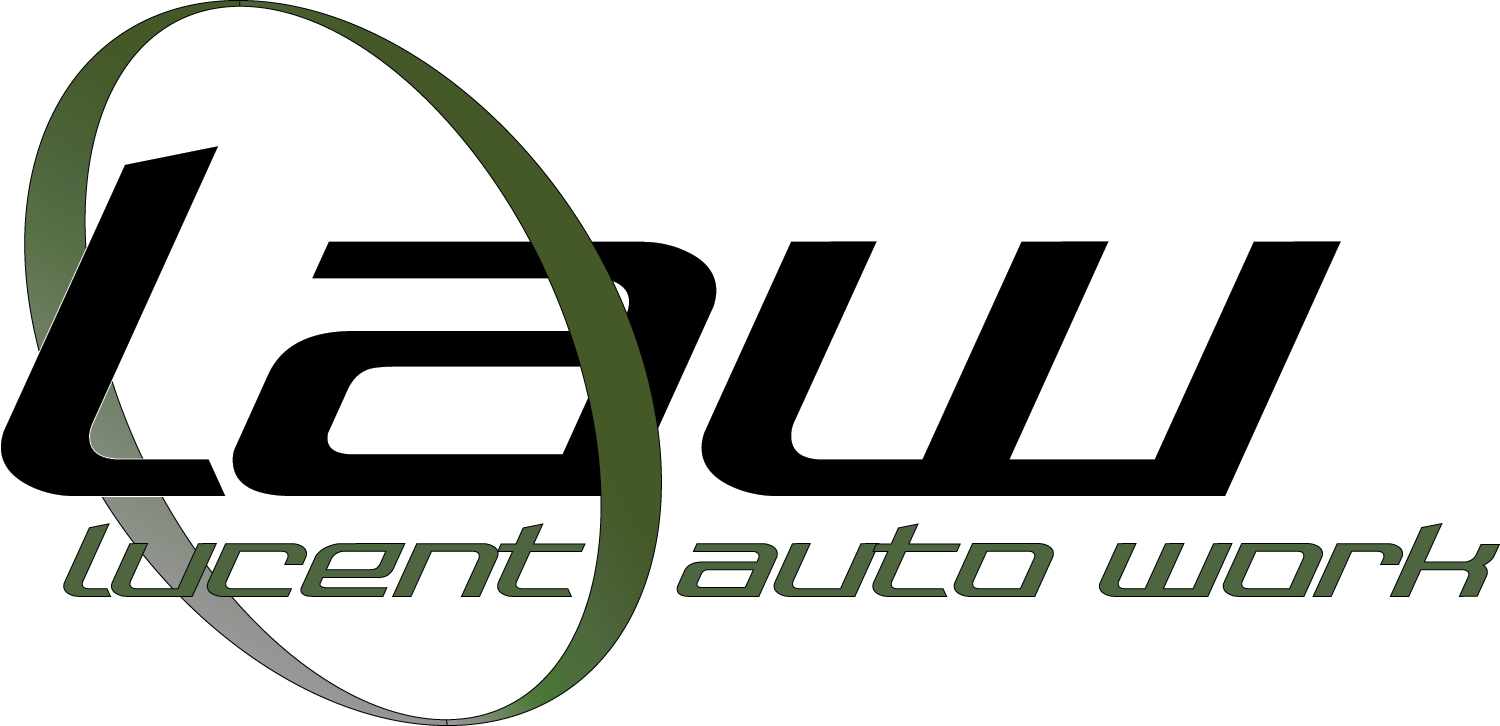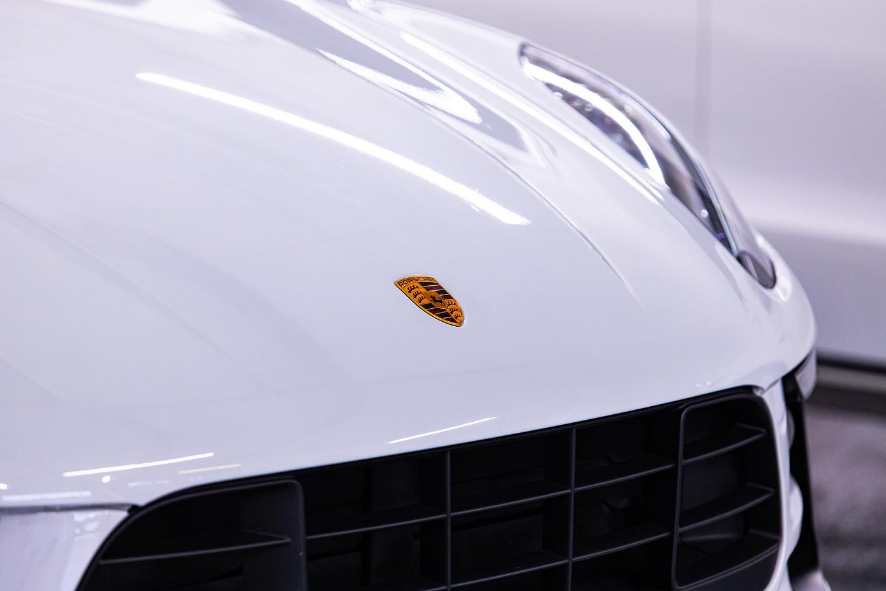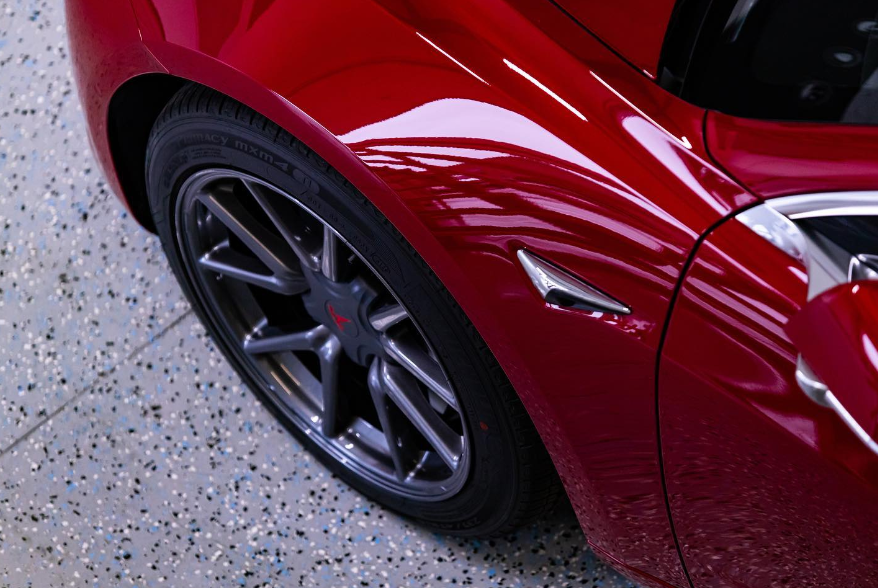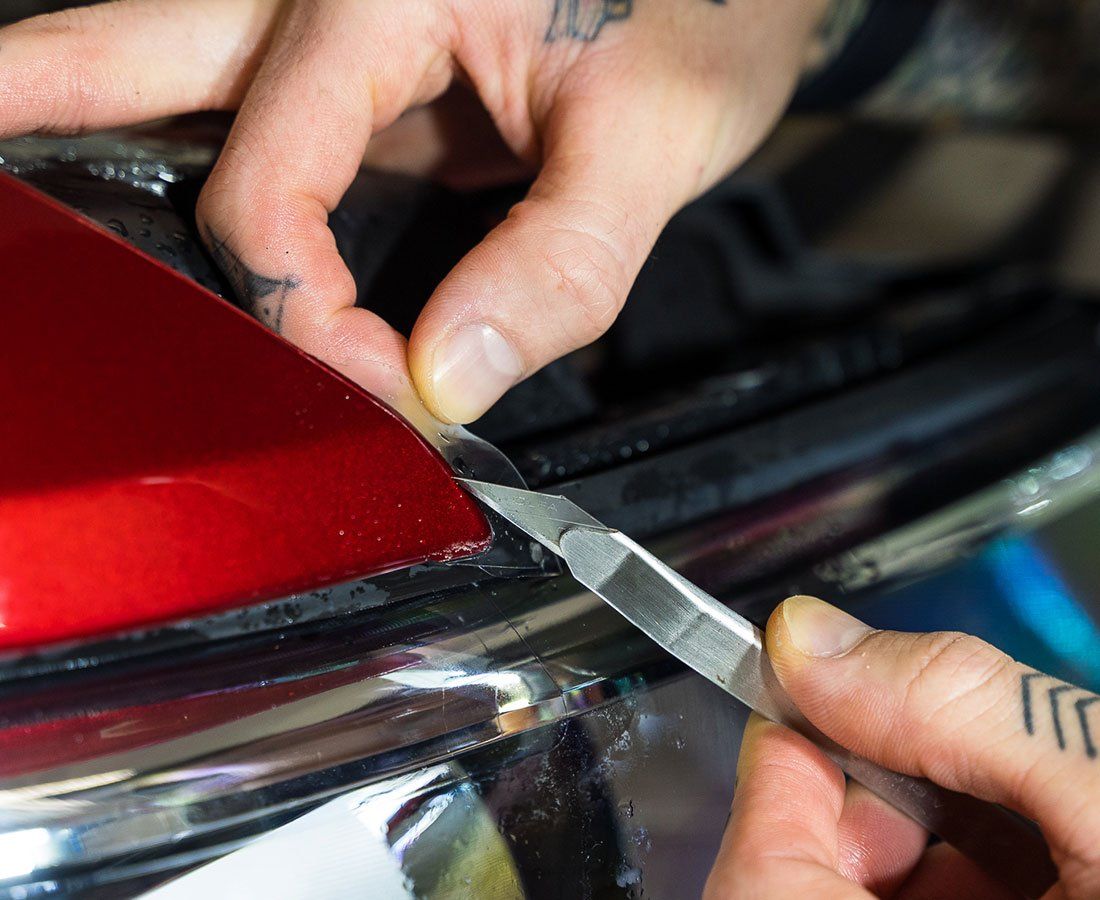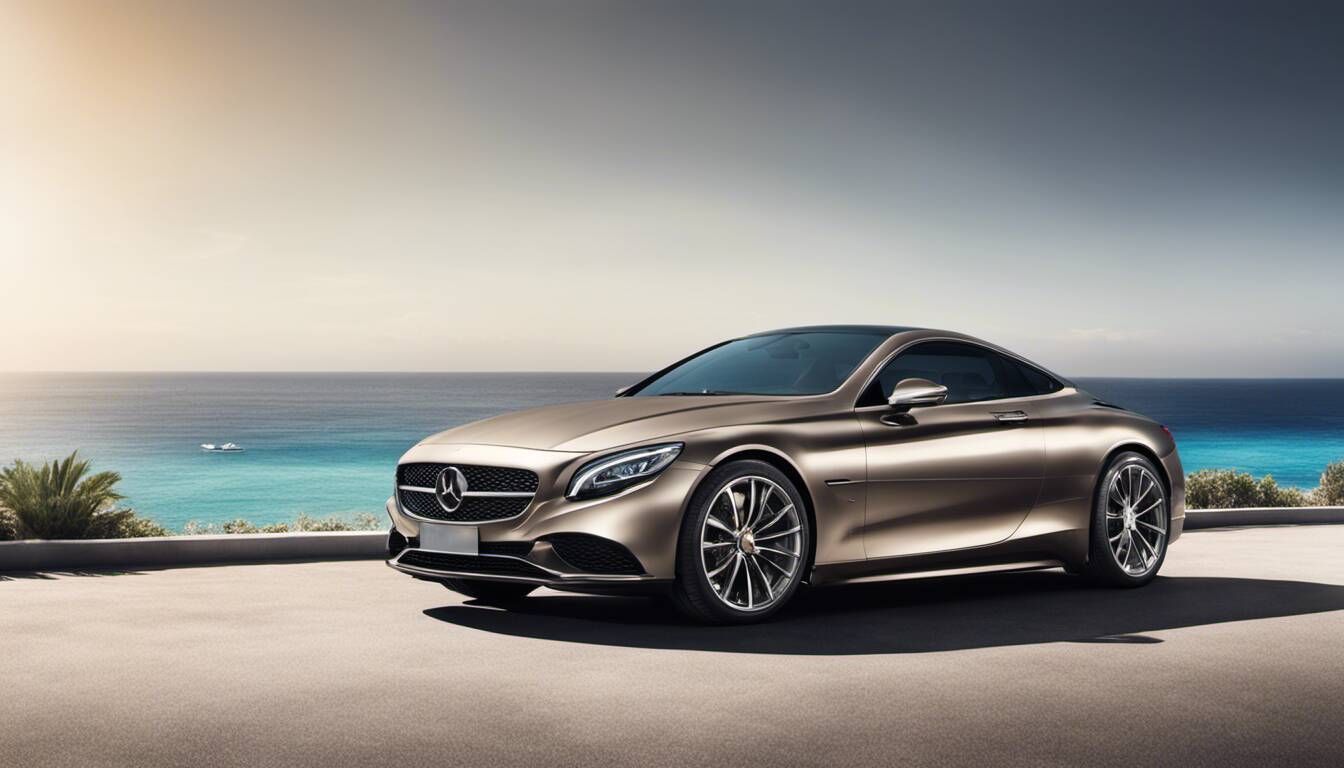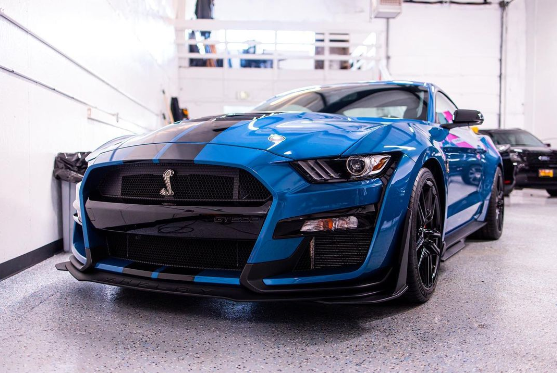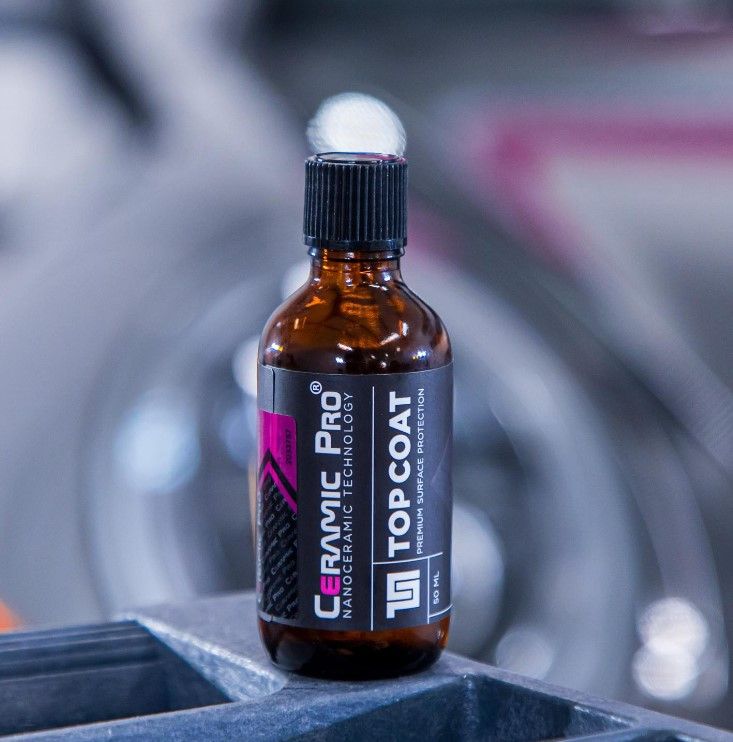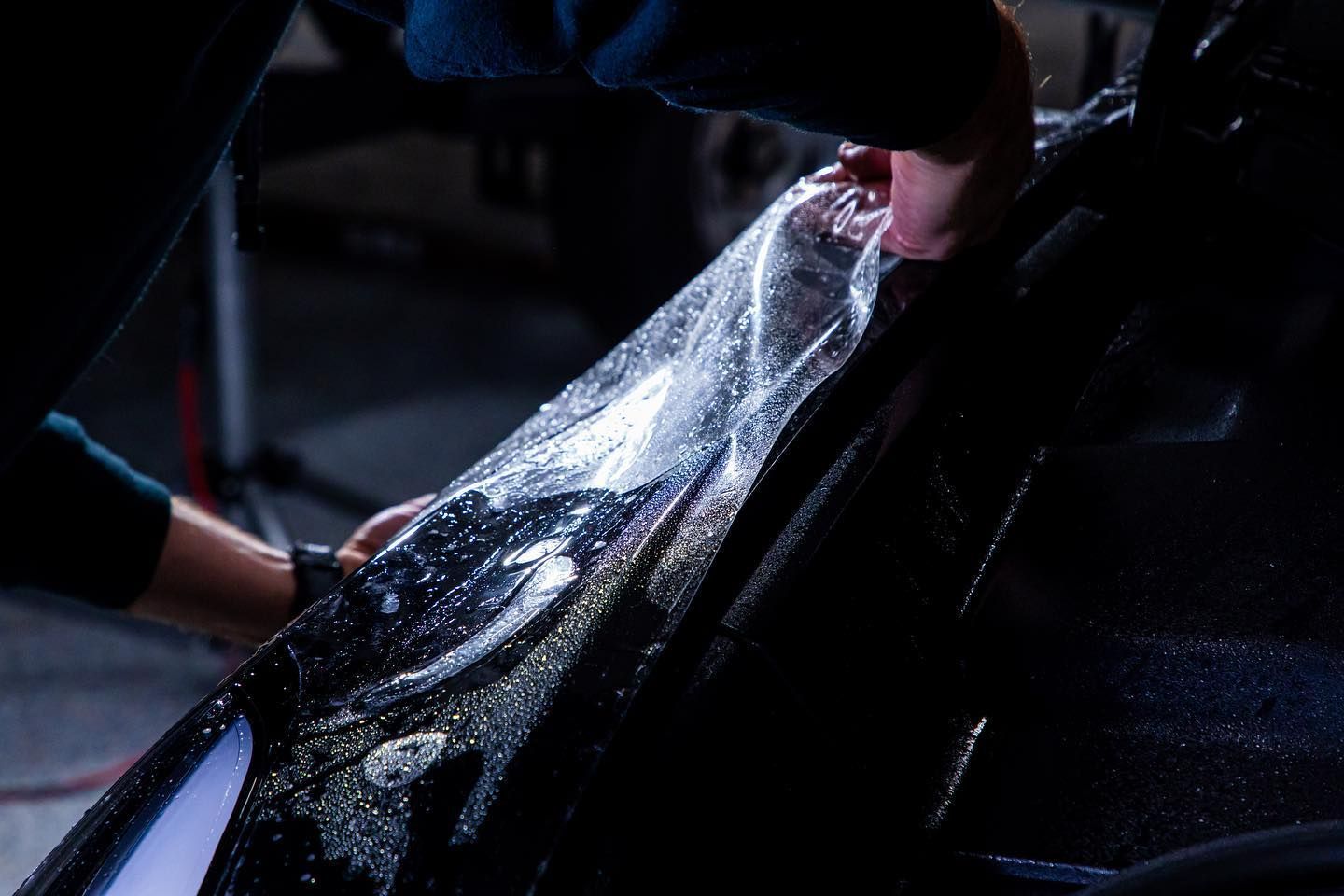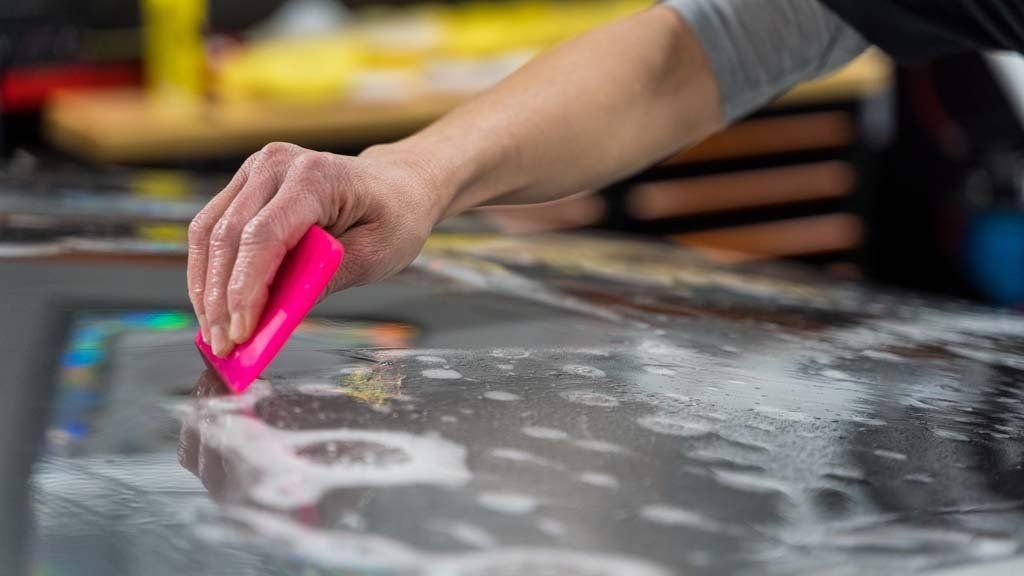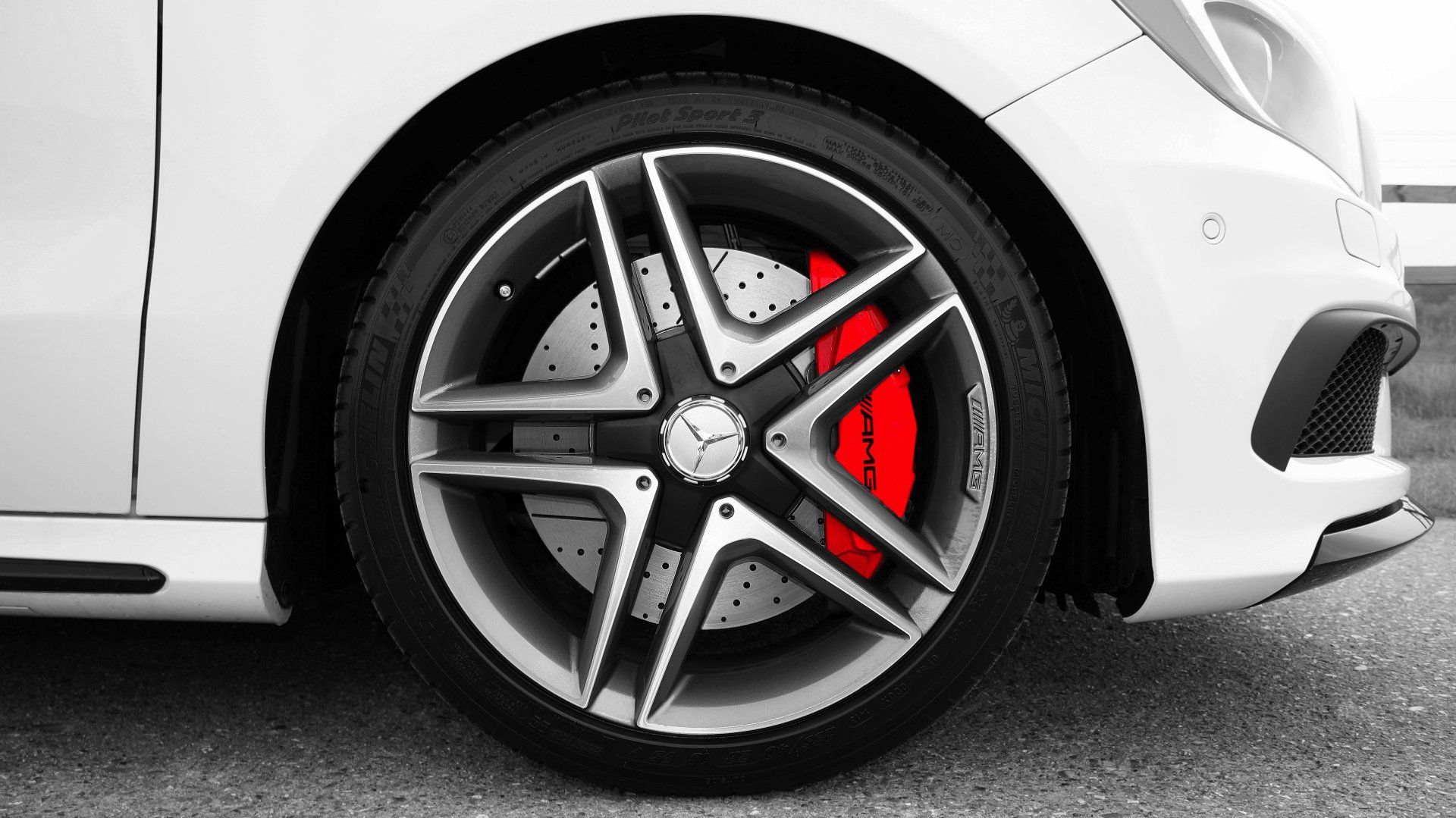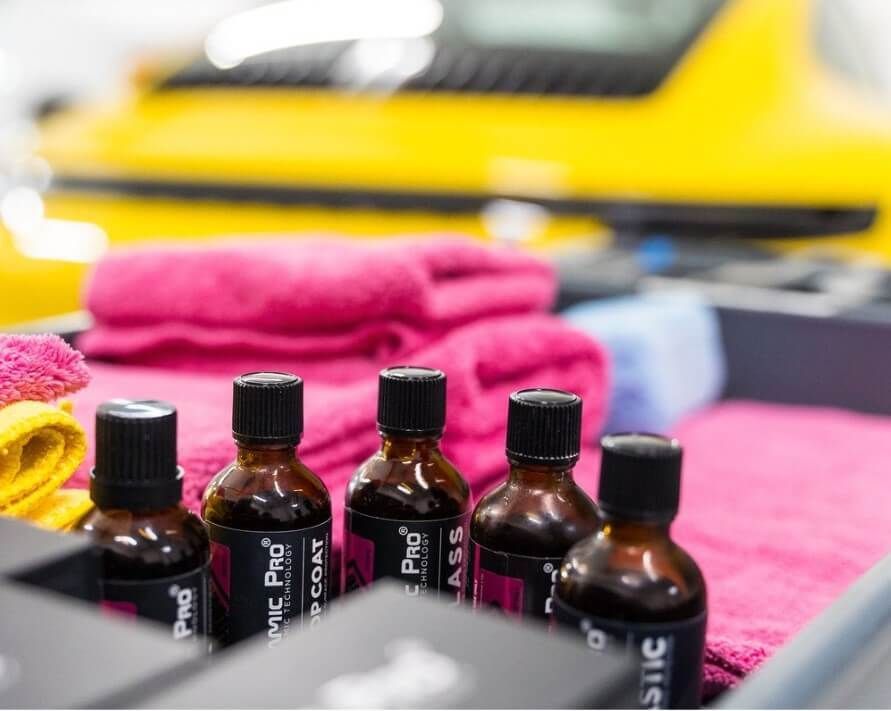Car PPF is a crucial protective layer for your car. Known as paint protection films, these shield your vehicle's paintwork from minor abrasions and road debris, preserving its fresh look and potentially maintaining a higher resale value.
Additionally, beyond its protective merits, PPF reduces the workload of frequent cleaning. Though invisible to the eye, its positive impact on exterior care is quite tangible.
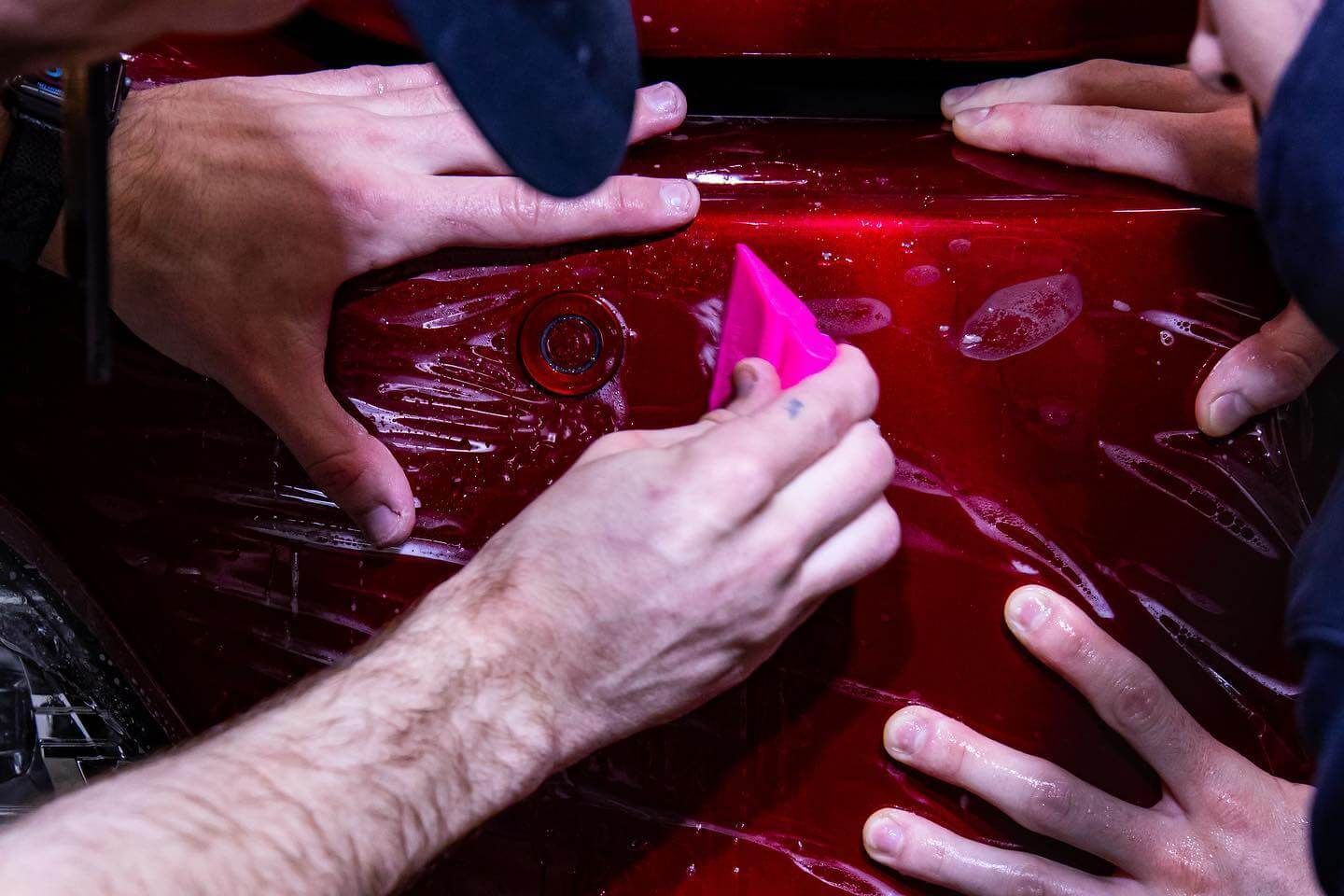
What Is Car PPF?
Car enthusiasts and everyday drivers understand that keeping a vehicle in top-notch condition requires both effort and the right tools. This is where
paint protection films (PPF) come into play. Offering varieties with solid warranties, it's essentially an invisible shield that keeps road debris and minor abrasions from affecting your car's paintwork.
The composition of the
paint protection film is what sets it apart. Made from polyurethane, this transparent layer acts as a defensive barrier against the elements, shielding your vehicle's exterior while remaining virtually undetectable.
It’s like giving your car an extra layer of skin to protect it from the wear and tear of daily use.
Apart from acting as a silent shield, PPF also works its magic in maintaining your car’s aesthetic shine, preserving its resale value, reducing cleaning efforts, and providing a protective barrier without altering the overall appearance of your vehicle.
Furthermore, its impact resistance protects against rock chips and abrasions, which are common on unpreserved vehicles. The material's ability to act as a chemical barrier shields your vehicle's exterior from elements that would otherwise compromise its integrity.
Benefits and Drawbacks of Paint Protection Film for Cars
When it comes to protecting your vehicle's paint job,
paint protection film provides several benefits.
For starters, it can keep your car looking like new, effectively retaining its appearance and resale value, which is especially useful for those who plan to sell their vehicles in the future.
It not only protects the paint from fading due to prolonged exposure to the sun and other environmental elements, but it also reduces dust accumulation, making the surface appear cleaner and more polished.
Moreover, PPF provides a glossy finish, elevating the aesthetic appeal of your vehicle. It acts as a chemical barrier, shielding the exterior from various environmental elements, such as acid rain and road debris.
This added layer of protection ensures that your vehicle’s paint is safeguarded against minor abrasions and impact damage, maintaining its sleek appearance.
However, there are some factors to consider before purchasing
paint protection film. The initial cost can be prohibitively expensive, discouraging some people from choosing this type of protection, and properly applying the film to your vehicle requires skill and precision.
While it offers substantial protection, it may not be completely impervious to all forms of damage.
There are limitations to its protective capabilities, and certain damages may still warrant attention despite the presence of PPF and any associated warranties.
Furthermore, regular maintenance is crucial to upholding the effectiveness of a car over time. One of the reasons for this is that it adds to the self-healing properties of the film, which can repair minor scratches and swirl marks.
While
paint protection film offers numerous benefits in terms of preserving and improving the appearance of your vehicle, it is critical to weigh these benefits, including self-healing features, against the associated costs and maintenance requirements before making an informed decision.
But what distinguishes one type of paint protection film from another?
Here, we will look at the broad classification of PPF and explain why one might choose clear or tinted film types.
Broad Classification of PPF: Clear and Tinted
There are two types of
paint protection film: clear and tinted, and knowing the differences between them can help you make an informed decision based on your preferences, reasons, and needs for your vehicle's appearance and protection.
Clear Paint Protection Film
A
clear paint protection film is imbued with self-healing properties and is designed to protect the vehicle without altering its original appearance.
It acts as a transparent shield, effectively safeguarding the paint from road debris, minor abrasions, and environmental elements without changing the color or look of the car. This makes it an ideal choice for individuals who want to preserve the aesthetics and value of their vehicles while ensuring long-term protection against damage.
Tinted Paint Protection Film
A tinted
paint protection film, on the other hand, offers the added feature of customizable colors that can enhance or completely transform the appearance of the vehicle.
With various color options available, this type of film allows car owners to personalize their vehicles with a unique aesthetic touch while still benefiting from the protective and self-healing properties of the film.
Both options offer varying levels of protection while catering to a variety of aesthetic preferences.
Clear
paint protection film, which has self-healing capabilities, remains the most popular choice for those individuals who want to preserve their vehicles' original aesthetics by ensuring that the paint color and finish are unaffected by the protective film.
Understanding these classifications allows car owners to select the best option based on their priorities for aesthetic preservation and personalization, as well as their reasons for wanting additional self-healing features.
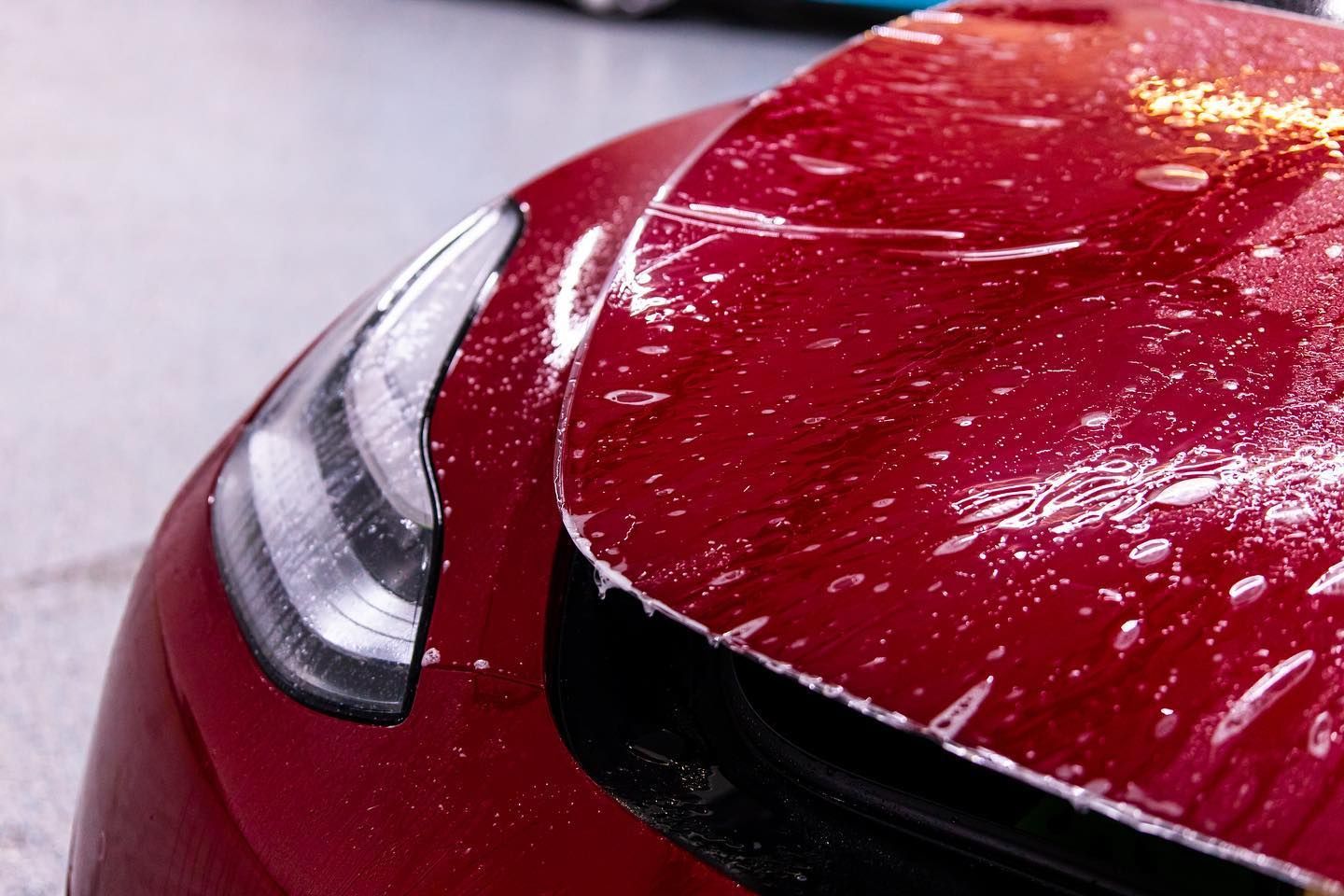
Paint Protection Film Installation and Its Associated Costs
Applying
paint protection film (PPF) is like shielding your vehicle from the elements; it lets the self-healing feature work its best. However, it is a meticulous process that requires careful planning and precision to ensure the maximum protection for your vehicle.
Installation Process
The initial step in installation involves preparing the car's surface. This requires thorough auto detailing to eliminate any dirt, debris, or wax that could hinder the adhesion of the film.
The film is then meticulously cut to fit specific areas of the vehicle, which requires skilled hands and exacting attention to detail to ensure a seamless fit.
Finally, an expert technique is used to carefully apply the film to the vehicle's surface, ensuring perfect coverage with no wrinkles or air bubbles. This installation process requires expertise and is best handled by professionals.
While attempting to install it yourself may be appealing, any mistakes could result in insufficient coverage, reducing the film's efficacy and, as a result, jeopardizing its self-healing abilities.
Understanding Associated Costs
Several factors influence the overall price you might pay for the installation of
paint protection film. These reasons often relate to the car's size, the type of PPF selected, and the condition of the car's paintwork.
Cars, with their intricate detailing and large surface area necessitating full-body coverage, tend to fall on the higher end of this spectrum due to increased material and labor costs.
Despite this initial investment, many car owners find the protective benefits offered by the film worthwhile, considering its potential to preserve their car's appearance and resale value. This preservation includes protection against UV rays, which can often cause the paint of cars to fade over time.
- Size of the Vehicle: Larger vehicles require more material for complete coverage, impacting the overall cost.
- Coverage Extent: Full-body coverage is more expensive than partial coverage on high-impact areas like the front bumper, hood, and side mirrors due to increased material usage and labor.
- Type of PPF Used: Different types and brands vary in quality and price. Premium-grade films may cost more but offer enhanced durability and longevity.
Cost Breakdown
As we have gone over the complexities of PPF installation and the associated costs, let us now focus on the specific areas of your vehicle that can benefit from this protective shield.
This advanced protective layer protects your car's surface from physical damage and UV rays, thus making it appealing.
Protecting your car with paint protection film (PPF) can safeguard various vulnerable areas from the perils of everyday driving.
These areas, which are subjected not only to potential physical damage but also to UV rays, are the most vulnerable to paint damage, and shielding them with
paint protection film can help keep your cars in pristine condition for longer.
Let us look at the specific parts of your vehicle that could benefit from this protective film.
Vehicle Parts You Can Shield with Paint Protection Film
The hood of your vehicle, like the rest of your car, is constantly exposed to flying debris, such as rocks and gravel, especially while driving at high speeds.
Hood
Applying
paint protection film to the hood helps prevent unsightly chips and scratches, preserving the glossy finish and integrity of your car's front end. Furthermore, the UV rays, which can be detrimental to cars, are kept at bay, ensuring the color and quality of your car's paint remain unaffected.
Bumpers
Bumpers are easily scuffed and scratched, especially in parking lots and tight spaces where they come into contact with other vehicles or obstacles. PPF on the bumpers can act as a protective barrier against minor impacts and UV rays, preserving your car's overall appearance.
Mirrors
Vehicle mirrors are susceptible to damage due to their exposed position. Applying PPF to the mirrors protects them against scratches, abrasions, and harmful UV rays, ensuring optimal visibility and aesthetics.
Door Edges
The edges of car doors are highly susceptible to chips and nicks from gravel, stones, and other road debris. PPF on the door edges provides an invisible shield against such damage and harmful UV rays, preserving the seamless look of your car's exterior.
Door Handles
Constant use and exposure make door handles susceptible to wear and tear. Applying PPF to door handles protects them from scratches, scuffs, and UV rays caused by fingernails, rings, keys, or other objects.
Fenders
Fenders face regular exposure to dirt, moisture, and debris kicked up by the tires. Applying PPF to the fenders helps prevent staining and erosion, keeping them looking clean and free from damage. This protection includes safeguarding cars from the long-term effects of UV rays.
Rocker Panels
Rocker panels are located along the lower perimeter of the car's body and are particularly vulnerable to impact from stones, gravel, and other road debris. PPF on rocker panels provides durable protection against chipping, abrasions, and the fading effects of UV rays, maintaining the sleek appearance of your car's sides.
It's crucial to understand that investing in
paint protection film not only ensures the longevity of your car's appearance but also contributes to its overall resale value by keeping it free from unsightly damages.
By shielding these vulnerable areas with PPF, you can enjoy peace of mind while driving, knowing that your car is well-protected against common hazards encountered on the road, including UV rays.
Criteria for Choosing a Trustworthy PPF Installer
When it comes to PPF installation for your vehicle, selecting the right installer is critical.
They'll be responsible for protecting your vehicle from a variety of factors that can damage cars over time. After all, you want to make sure that your investment will not only improve the appearance of your vehicle but also provide reliable protection against scratches, chips, and other potential damage.
Several factors should be taken into account when selecting a PPF installer.
Firstly, you should look for an installer with years of experience in handling PPF installations. An experienced professional has honed their skills over time and will be more adept at ensuring smooth application without any imperfections or flaws.
Secondly, consider checking customer reviews and testimonials about different installers.
The experiences shared by previous customers can provide valuable insights into an installer's track record and customer satisfaction levels. Positive reviews indicate that an installer has consistently delivered high-quality workmanship and exceptional customer service.
Thirdly, inquire about the types of PPF brands the installer works with. Reputable installers tend to partner with well-known and trusted PPF manufacturers, such as KAVACA from
Ceramic Pro, as they understand the importance of using high-quality films that offer superior protection and longevity.
You may wonder if hiring a more expensive installer guarantees better results.
While price can sometimes indicate quality, it is not always the deciding factor. Some highly skilled installers may charge premium rates because they invest in training, advanced equipment, and top-of-the-line materials.
However, this doesn't mean that there aren't reliable installers who offer competitive pricing without compromising on quality.
Ultimately, the best approach is to strike a balance between reputation, experience, customer reviews, and cost. Take the time to research different installers and obtain multiple quotes for comparison. This allows you to make an informed decision based on all relevant factors and find an installer who meets your quality and cost expectations.
Unlock Maximum Shine & Protection with KAVACA PPF Installation in Olympia, WA
When it comes to restoring classic cars, no one does it better than
Lucent Auto Work. Our meticulous evaluation process ensures that every contour and curve of your vehicle is taken into consideration, elevating our service to the level of art.
To protect your vehicle from chips, scratches, and road debris, our installation team uses
KVACA PPF from
Ceramic Pro. This invisible armor is created using advanced technology that blends seamlessly with your car's surface.
Here at
Lucent Auto Work, we guarantee that your paint protection film installed will do more than simply keep your car safe; it will also enhance its aesthetic value. Not only does our professional PPF installation protect your car from damage, but it also makes it shine brighter, keeping it a shining example of automotive luxury on Olympia's roads.
With our commitment to perfection and attention to detail, we guarantee complete satisfaction. Choose
Lucent Auto Work and take your ride to the next level.
Give us a visit online or contact us today for more details and to book your next paint protection film installation!
